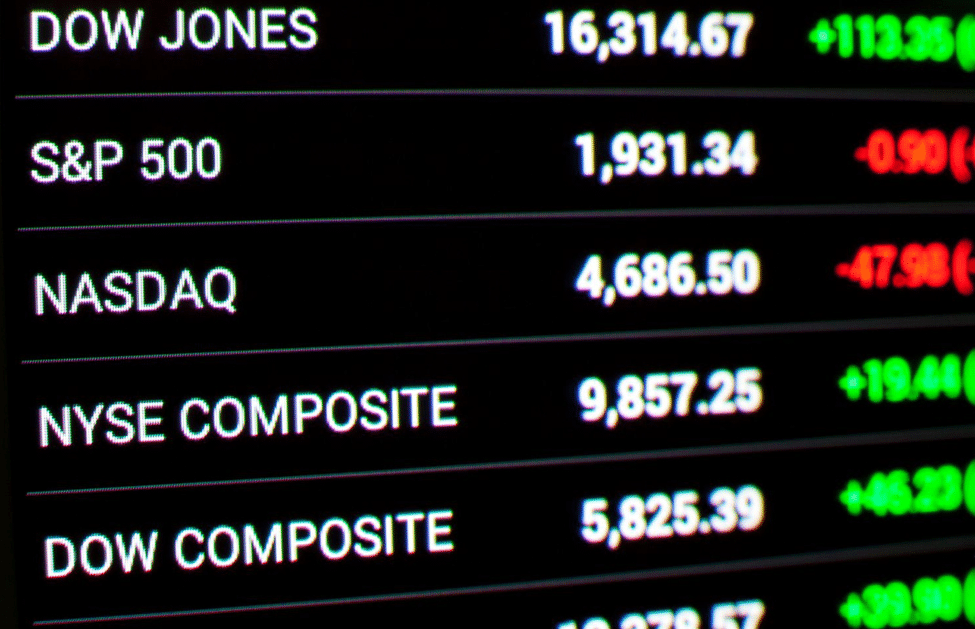The last and first hours of the trading day often decide who wins and who loses. Known as the “stock market power hour,” these windows, typically between 9:30–10:30 AM and 3:00–4:00 PM Eastern Time, are fueled by institutional orders, market sentiment shifts, and headline-driven trades. What makes these hours crucial isn’t just the flurry of trades; it’s the concentration of liquidity and price movement in a short span. According to data from NYSE and Nasdaq, trading volumes in these periods can spike by over 30–40% compared to midday lulls. For active traders, mastering power hour trading means learning to decode volume surges, read sentiment shifts, and act decisively.
How to Identify High-Volume Power Hour Moves
To trade power hour effectively, your focus must be on interpreting real-time market data and understanding the context behind the surge. The following signals are vital:
1. Volume Spikes
One of the clearest signs of a legitimate move is a volume surge. A sudden increase in volume, especially when combined with a price breakout, suggests institutional participation. For example, a stock trading 5x its average one-minute volume during the 3:00 PM–4:00 PM window is likely experiencing a momentum move.
2. News and Economic Releases
Major earnings announcements, macroeconomic data, or regulatory changes often hit the wire either pre-market or mid-day, leading to ripple effects during power hour. A study by Nasdaq found that over 60% of daily stock price adjustments post-earnings happen within the first and last trading hour.
3. Key Technical Levels
Resistance and support levels built throughout the day often get tested or broken during power hour. This includes the day’s high/low, previous close, or volume profile nodes. Traders using tools like VWAP and RSI can filter false breakouts and confirm momentum.
4. Sector Correlation and Market Breadth
If a stock’s move coincides with a rally or drop across its sector or index (e.g., S&P 500 or Nasdaq), it suggests broader institutional flow rather than isolated speculation. Tools like tick charts and advance-decline ratios help gauge market-wide trends.
Trading Strategies for Power Hour
Several strategies can be deployed based on your trading style and risk appetite. The best trading platforms for intraday volume often provide real-time data feeds, fast execution, and customizable charting tools to support these strategies.
Scalping
Scalping involves quick trades within seconds to minutes, capitalizing on tight bid-ask spreads and volume surges. It requires precise timing and is most effective during early power hour (9:30–10:30 AM) when spreads are narrow, and liquidity is high.
Day Trading
This strategy involves holding trades for minutes to hours and exiting positions by the close. During the 3:00–4:00 PM window, day traders look for confirmation of trends established earlier in the day.
Swing Trading
Swing traders often use the final power hour to time their entries or exits based on daily chart setups. They look for continuation patterns or failed breakouts that may reverse the following day.
Key Tools and Indicators
Success during stock market power hour hinges on having the right tools:
- Volume Profile: Highlights areas with dense volume accumulation, often acting as hidden support/resistance zones.
- VWAP: A benchmark used by institutions, acting as a mean reversion point.
- Moving Averages: Help identify trend direction. The 9-EMA is particularly responsive during power hour.
- RSI & MACD: Useful for spotting divergences and confirming momentum.
- News Feed Integration: Tools like Benzinga Pro or TradingView news tabs offer instant alerts that can front-run volume spikes.
Risk Management: The Non-Negotiable Rule
Trading high-volume windows without a risk plan is gambling. These are the essentials:
- Set Stop Losses: Always define your risk before entering. Place stops outside key levels to avoid getting wicked out.
- Control Position Sizes: Adjust exposure based on volatility; use a smaller size during erratic moves.
- Monitor Slippage: During rapid price action, even the best trading platforms for intraday volume may show slippage. Use limit orders to manage entry/exit points.
- Avoid Revenge Trading: The fast pace can be emotionally taxing. Don’t let one loss spiral into several.
Why Trade with VPFX?
At VPFX (Ventura Prime FX Limited), we understand the rhythm of high-volume trading. Whether you’re navigating forex volatility or exploiting power hour equity surges, we provide the tools and liquidity to match your pace.
- We support MetaTrader 5 stocks, enabling seamless access to multiple asset classes.
- Our infrastructure offers ultra-fast execution, ensuring your orders fill during high-speed moves.
- As a trusted broker for forex and equity CFDs, we give access to over 300 instruments globally, including major indices and commodities.
- With 95% server uptime, tight spreads, and institutional-grade analytics, VPFX is designed for serious intraday traders.
- Our clients benefit from custom risk controls, real-time support, and tailored account types suited for both beginner and professional traders.
We’re not just a broker, we’re your trading partner, helping you turn power hour volatility into opportunity.
Contact Us
Ready to trade smarter during the most dynamic hours of the day? Connect with our team at VPFX to unlock fast, reliable, and expert-backed trading experiences. We’ll help you move from watching power hour moves to consistently profiting from them. Get in touch with us today and take your intraday trading to the next level.



